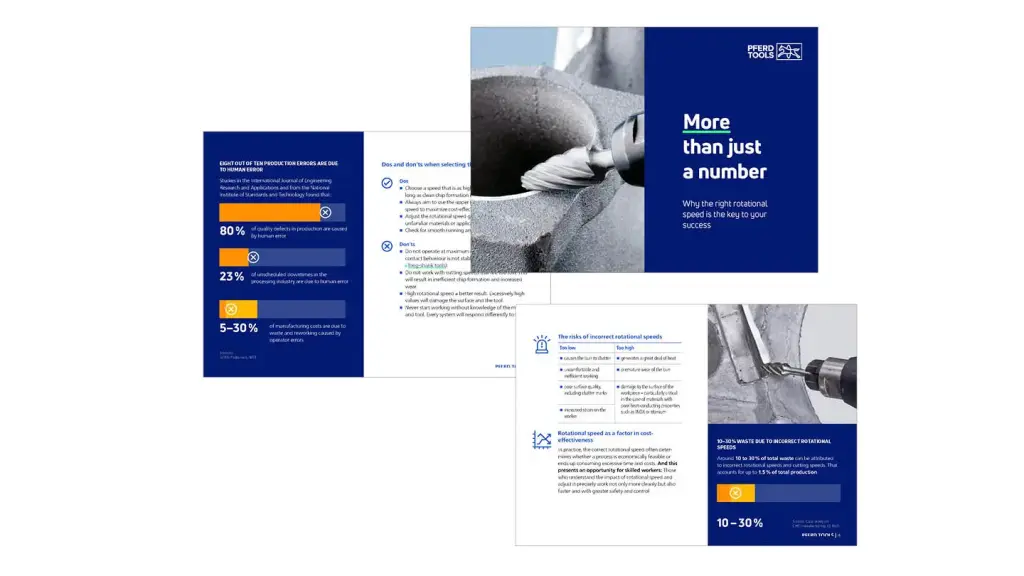The G-Ratio describes the tool life of a grinding disc or cut-off wheel when working on a particular material.
The characteristic number describes the relationship between the material removed from the workpiece and the tool wear.
The higher this value, the more durable the tool.
For resinoid-bonded tools, the hardness of the bond is crucial in determining the G-Ratio. For example, a weak bond exposes fresh, highly abrasive grain more quickly and wears faster. However, at the same time a higher stock removal rate (amount of material cut per unit of time) can be achieved than with hard grinding discs. The customer’s requirements are therefore crucial. Are they more focused on a long tool life or a highly abrasive tool?
For resinoid-bonded tools, the hardness of the bond is crucial in determining the G-Ratio. For example, a weak bond exposes fresh, highly abrasive grain more quickly and wears faster. However, at the same time a higher stock removal rate (amount of material cut per unit of time) can be achieved than with hard grinding discs. The customer’s requirements are therefore crucial. Are they more focused on a long tool life or a highly abrasive tool?
